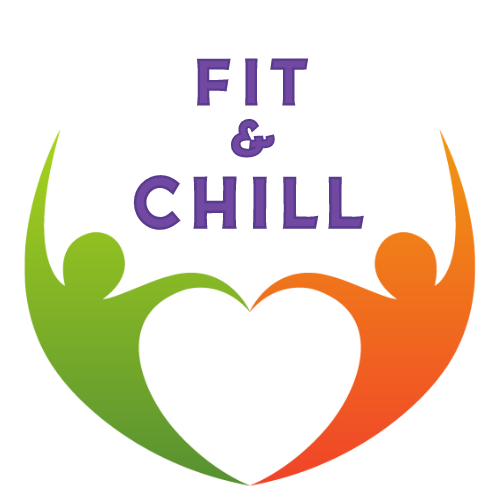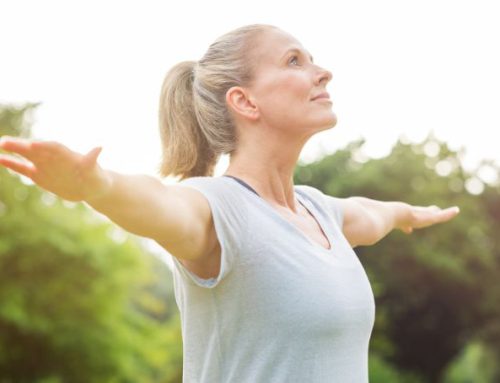Benefits of The Knee Tuck + Leg Raise
- Core Strength: This exercise targets the entire core, including the rectus abdominis, obliques, and transverse abdominis, helping to strengthen and tone these muscles.
- Hip Flexor Engagement: The knee tuck and leg raise movement also engages the hip flexors, improving flexibility and mobility in the hips.
- Lower Body Activation: Straightening the legs upward engages the quadriceps and glutes, providing additional strength and toning benefits for the lower body.
- Balance and Stability: Balancing on your back while performing the movement challenges stability and proprioception, enhancing overall balance and coordination.
- Improved Posture: Strengthening the core muscles with exercises like the knee tuck + leg raise can help improve posture and reduce the risk of lower back pain.
Tips for Beginners:
- Start Slowly: Begin with a smaller range of motion and fewer repetitions until you become comfortable with the exercise.
- Focus on Control: Maintain control throughout the movement, especially when lowering your legs back towards the ground, to prevent strain on the lower back.
- Engage Core Muscles: Keep your core muscles engaged throughout the exercise to stabilize your torso and protect your spine.
- Use a Mat: Perform this exercise on a comfortable mat to cushion your spine and support your lower back.



Leave A Comment